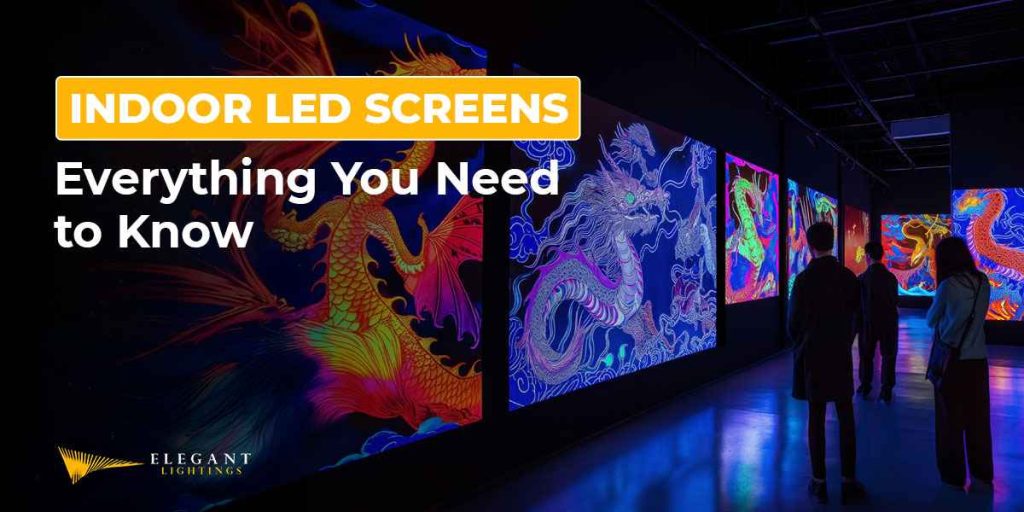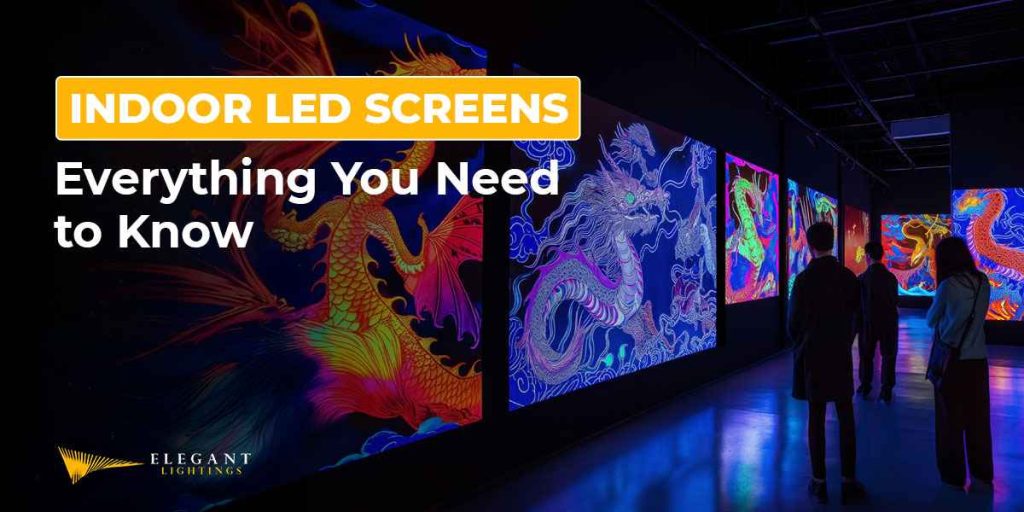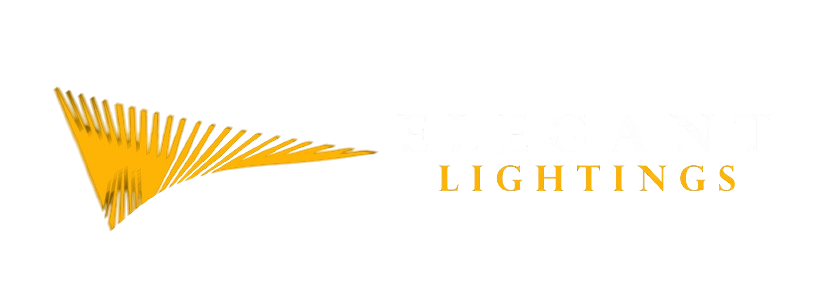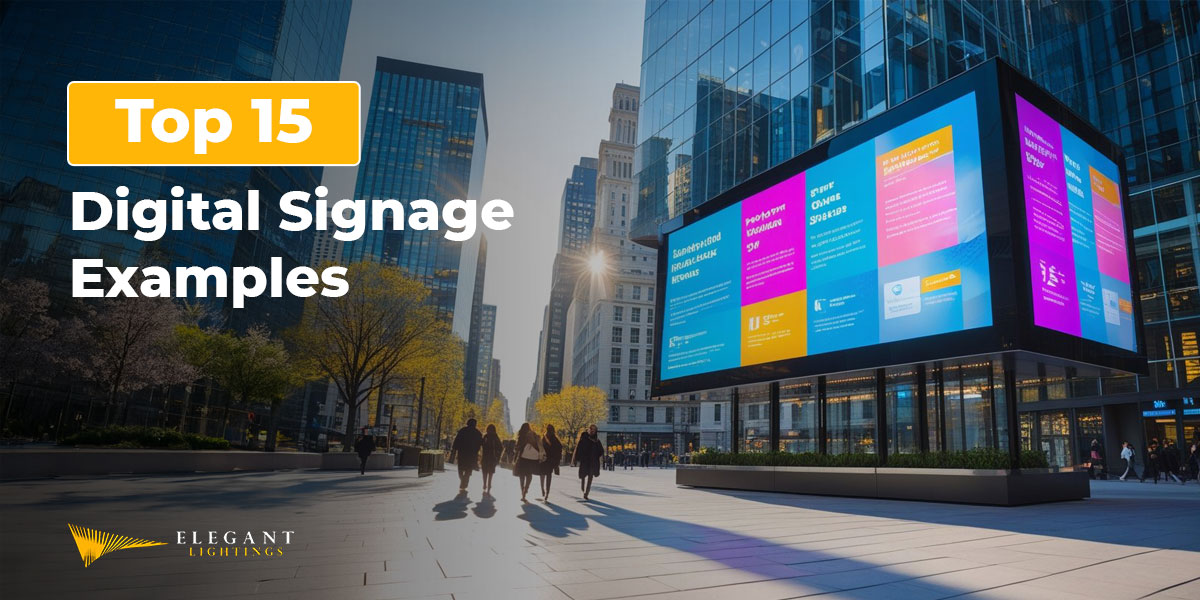
Nowadays, when you step into any private event or any retail store, you’ll surely come face-to-face with a big and bright screen.
What's on this page:
Either hanging, kept on a stand, or mounted on a wall.
These displays instantly catch your attention, don’t they?
Well, that’s the magic of indoor LED screens, and it’s what they do best.
And, that’s one of the reasons why business owners, event planners and venue owners are investing heavily in these screens to provide an immersive indoor visual experience.
These types of LED screens have completely redefined how businesses communicate with their audience.
In this blog, we’ll discuss everything you need to know about indoor LED screens, including:
- What they are, their applications and benefits
- How do they differ from other alternatives?
- How to choose the right one for your space and goals?
In this blog, I’m going to tell you what indoor LED display screens are and how they can light up your marketing strategy.
Let’s dive in!
Indoor LED Screens: Table of Contents
- What are indoor LED screens?
- How do indoor LED screens differ from LCD and outdoor LED screens?
- What are the benefits of using indoor LED screens?
- What are the applications of indoor LED walls?
- How to select the right indoor LED screen for your space?
- Great displays start with great guidance!
- Indoor LED screens: FAQs
What Are Indoor LED Screens?
Indoor LED screens are displays specifically designed and optimized for use in indoor environments.
They display multimedia content dynamically, which means you can change the content in just a couple of seconds whenever you want.
Since these screens have a smaller pixel pitch setting and lower brightness, they can display clear, colour-rendered visuals to viewers sitting close to them.
How do Indoor LED Screens Differ From LCD and Outdoor LED Screens?
If you want a screen specifically for indoor use but are still unsure between other options, such as LCD or Outdoor LED screens, then I’ll make the picture clearer for you.
Here’s a quick table of different that will help you gain more clarity:
| Feature | Indoor LED Screens | LCD Screens | Outdoor LED Screens |
| Brightness | 600 to 1,200 nits | 300 to 500 nits | 4,000 to 7,000+ nits |
| Pixel Pitch | Fine pitch (P0.9 to P4) | Fixed resolution (1080p, 4K) | Coarser pitch (P4 to P10+) |
| Optimal Viewing Distance | 1 to 10 feet | 3 to 6 feet | 10 to 100+ feet |
| Environmental Suitability | Designed for indoor use onlyNot weatherproof or UV-resistant | Indoor use onlycan suffer glare or burn-in over time | IP65+ rated Anti-glare coatingWide operating temp range |
| Power Consumption | Moderate (150–300W/m²) | Lower (90–150W per screen) | High (400–800W/m²) |
Also read: Detailed comparison of indoor and outdoor LED walls.
What are the Benefits of Using Indoor LED Screens?
Here are the great benefits that you can expect if you start using LED screens indoors:
1. Superior Visual Clarity
Indoor LEDs have a low pixel pitch that can go as low as 0.9 mm. That’s how they can provide high-resolution visuals to the audience close to the screen.
Plus, it also gets features like:
- HDR (High Dynamic Range) support
- 16-bit grayscale processing
- Refresh rates up to 3840Hz
All these features together ensure that you seamlessly display vibrant content, even under artificial lighting conditions such as those found in malls, offices, or exhibition halls.
And once you are able to provide visual clarity to your audience, they’ll feel a sense of connection with your brand, and this is what increases the engagement rate of your store.
2. Flexibility in Sizes and Shapes
From what I have seen, flexibility is one of the game-changing aspects of indoor LED walls.
Multiple small LED walls or cabinets are assembled together to form a big single screen.
- Want a massive 40-foot digital wall for your auditorium? Done!
- Need a curved LED screen indoors to wrap around the pillar of your retail store? No challenge at all!
- Looking to fill an unconventional vertical or square space in a corporate lobby? No space or geometrical barrier!
To tell you in brief, indoor LED screens can easily adapt to any shape and size of your space.
3. Energy Efficient
The latest generation of indoor LED display screens uses common cathode technology, which helps it to:
- Reduce the screen’s power consumption while maintaining the same brightness.
- Ensure optimal color performance.
This not only cuts your utility bills but also reduces your environmental footprint in the long run.
4. Longevity and Low Maintenance
Indoor LED display screens don’t have weatherproofing certifications, and if you think that, because of this, they aren’t long-lasting, then you’re wrong.
They don’t have an IP68 rating because they don’t need it. It operates in indoor environments. So, even if you’re
Rather, they offer a lifespan of over 100,000 hours, which is equivalent to more than 10 years of usage.
Plus, the LED modules are individually replaceable and far more durable than any other options. Also, you don’t need to dismantle the entire setup for repairs.
You just need to perform maintenance twice a year, which involves only basic dusting, wiring checks, and software calibration.
So, a few hours of maintenance every 6 months, and your system is good to go!
5. Seamless Integration
Indoor LED has some great integration capabilities, and comes with the support for:
- HDMI
- DVI
- SDI
- AV-over-IP
While using these LED screens for events, you can easily manage multi-location displays from a single dashboard by simply plugging them into media servers, video processors, and signage software.
What are the Applications of Indoor LED Screens?
Due to the benefits we discussed above, the indoor LED walls are used in certain applications.
I’ll discuss them one by one right here!
1. Corporate and Business Environment
You’ll generally see indoor LED screens in hotel lobbies or in meeting rooms where they display content related to company news, posters or live data. This improves the branding, or I’d say the visibility, in front of clients and visitors.
Here’s an example of how an indoor LED screen is being used in a corporate waiting area:
2. Retail and Shopping Malls
At shopping malls, you’ll find retail stores of brands using indoor LED screens to display product images, features, promotional offers or food menus.
In the image below, you can see brands displaying their ads at various places in a mall
These interactive displays do wonders in showing advertisements and attracting customers.
And once they are attracted to your store, be prepared to manage a large number of customers.
3. Entertainment and Leisure
Indoor LED displays don’t just illuminate your venue; they set the mood and energy of the place, allowing your audience to fully immerse themselves in every moment of the experience.
Need an indoor LED wall for stage shows or events? It becomes a great backdrop!
It displays posters or promotional video clips at theaters and casinos.
At nightclubs, it creates an unforgettable trance!
| Also read: The benefits of LED video walls for events and conferences. |
4. Transportation
At airports, railway stations and bus terminals, you’ll find LED walls hanging from or set on a wall.
Over there, its job is to provide real-time information, such as schedules, gate information, and platform updates.
Apart from that, the stores inside those buildings use it to advertise themselves to the passengers or commuters.
5. Education and Healthcare
The education and healthcare industry also benefits from these indoor LED screens.
The school uses it to display announcements, event information, and emergency alerts.
Hospitals use it to display estimated waiting times in waiting areas or to indicate the availability of doctors.
How to Select the Right Indoor LED Screen for Your Space?
Now, if you’re looking for LED screens for events or at your commercial property but don’t know which one to select, here’s a simple step-by-step process you can follow:
- Step 1: Define the purpose (branding, information sharing, ambiance).
- Step 2: Measure your space and viewing distance.
- Step 3: Choose the right pixel pitch for clarity at that distance.
- Step 4: Consider content type (static, video, interactive).
- Step 5: Installation and Maintenance Access Needs.
- Step 6: Choose between renting vs buying.
Great Displays Start with Great Guidance!
Indoor LED screens have proven themselves as a strategic tool for brand storytelling, dynamic content delivery, and real-time digital interaction.
You can ensure all these when you get a screen that matches your space and its environment, and that’s where expert help can make all the difference.
At Elegant Lightings, we have been manufacturing indoor LED screens for several years, so we are well-versed in the challenges of pixel pitch engineering and the art of precise installation.
So, if you aren’t sure which indoor LED display screen shape, size or pixel pitch is right for your space, we’re here to help!
Contact us, and we’ll guide you through the options to help you find a setup that accurately reflects your vision and budget.
Indoor LED Screens: FAQs
1. What is the difference between indoor and outdoor LED screens?
The difference between indoor and outdoor LED screens is that:
- Indoor LED screens have lower brightness, finer pixel pitch, and are not weatherproof
- Outdoor LEDs are brighter, weather-resistant, and designed for long-distance viewing under direct sunlight.
2. What is the ideal pixel pitch for indoor LED screens?
The ideal pixel pitch for indoor LED screens ranges from P0.9 to a maximum of P2.5. From what we have seen, it largely depends on the distance between your LED screens and viewers.
3. Can I rent indoor LED screens for one-time events?
Yes, you can rent indoor LED screens for one-time events, such as exhibitions, conferences, or product launches. At Elegant Lightings, we offer rental solutions that include setup, support, and teardown. So, you’re getting everything you want, without any big investment.
4. How much do indoor LED screens cost in 2025?
In 2025, the average cost of indoor LED screens is approx $500 per square meter. The price can vary depending on factors like:
- Pixel pitch
- Brightness
- The specific brand and model







